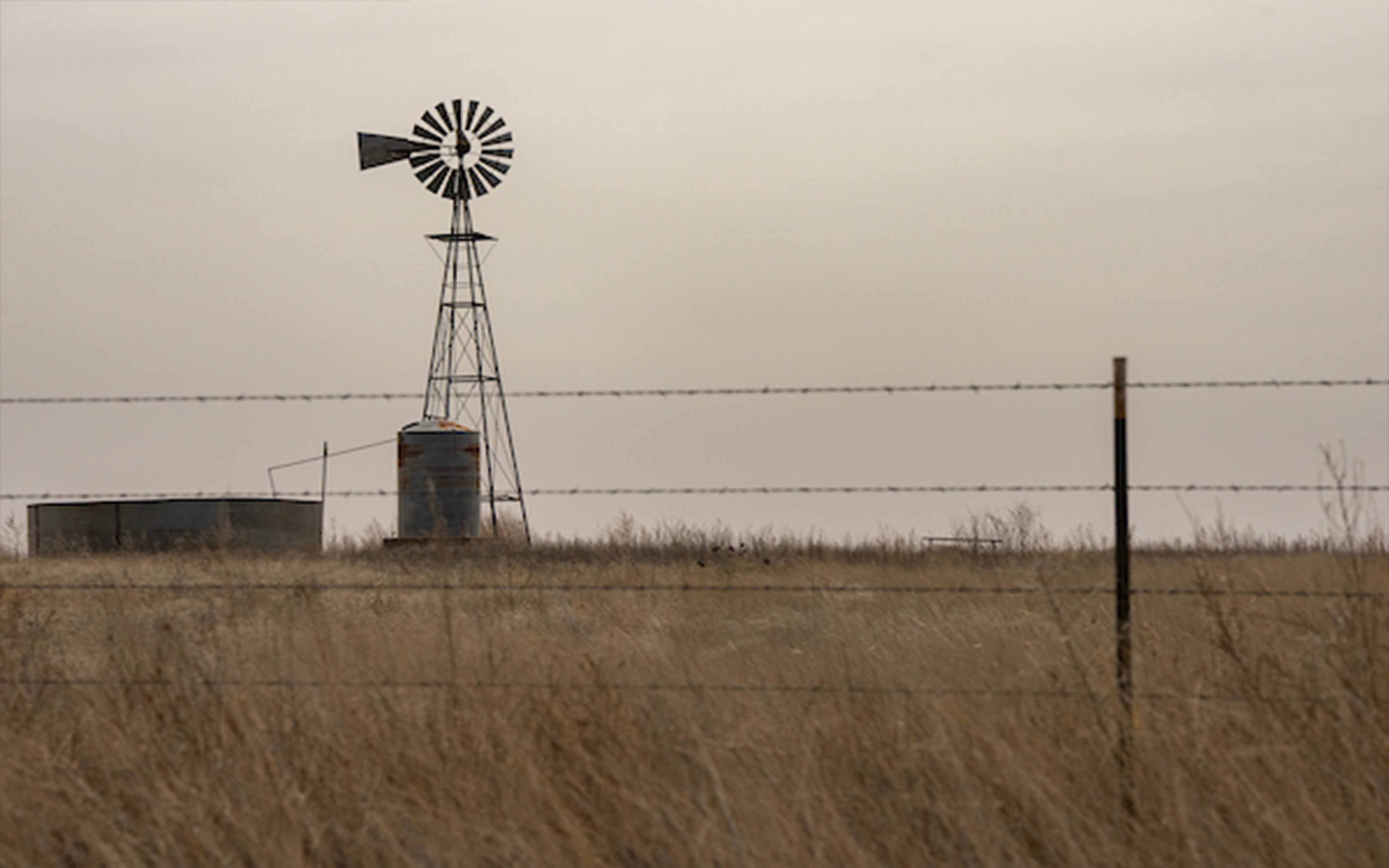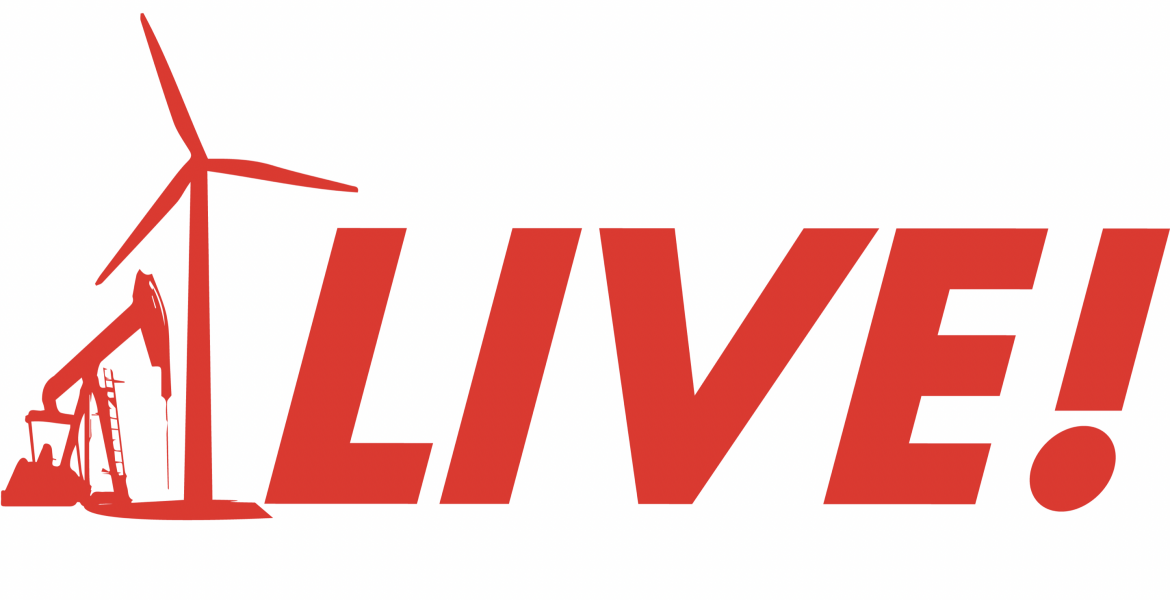SAN ANGELO, TX - The Texas Well Owner Network, TWON, will host a free water screening event on Sept. 15-16 for residents of Tom Green, Sterling, Irion and Runnels counties who may have had their private water wells contaminated with floodwaters during July rainfall events.
Joel Pigg, Texas A&M AgriLife Extension Service program specialist and TWON coordinator, Department of Soil and Crop Sciences, Bryan-College Station, said the Texas Well Owner Network program is for Texas residents who depend on household wells for their water needs.
“The TWON program was established to help well owners become familiar with Texas groundwater resources, septic system maintenance, well maintenance and construction, and water quality and treatment,” he said. “It allows them to learn more about improving and protecting community water resources.”
Water samples will be screened for total coliform bacteria and E. coli bacteria.
Water sampling and meeting information
Water samples can be dropped off on Sept. 15 from 8:30-11 a.m. at the following locations:
- AgriLife Extension office for Tom Green County, 113 W. Beauregard Ave., San Angelo.
- AgriLife Extension office for Runnels County, 608 Sealy Ave., Suite A, Ballinger.
- AgriLife Extension office for Sterling County, 609 4th St., Sterling City.
- AgriLife Extension office for Irion County, 209 N. Park View St., Mertzon.
- Sterling County Underground Conservation District office, 612 4th St., Sterling City.
- Irion County Water Conservation District office, 208 N. Park View St., Mertzon.
A follow-up meeting to explain the results of the Runnels County screenings will take place on Sept. 16 at 8:30 a.m. at the AgriLife Extension office for Runnels County.
The results for Tom Green, Irion and Sterling county screenings will be delivered on Sept. 16 at 1 p.m. at the AgriLife Extension office for Tom Green County.
Sampling instructions
A water sample form must be completed for each sample submitted. Visit twon.tamu.edu for a printable version of the collection instructions and the sample information sheet. To collect a sample:
- Pour the contents of a new 12-20-ounce bottle of water out and fill it with a water sample from your private water well.
- Take the sample directly from the spigot/hose bib nearest to the wellhead. Do not use the hose.
- If an indoor faucet is used, remove the aerator on the faucet. Rinse and dry the exterior of the faucet to prevent contamination of the
water sample. - If possible, wipe with a Clorox-type towelette or paper towel wetted with a light bleach solution to kill any bacteria present on the faucet. Allow the cleaning solution to dry before sampling.
- Turn the water on full force and let it run for 2 minutes or until the pump starts running.
- Reduce the water flow to a small stream, then take the sample.
- The sample should be collected within 24 hours of submission to ensure accurate results.
Refrigerate the sample and transport it to the drop-off location in an ice chest as soon as possible after collection. It is best to collect the sample on the day it is submitted. Otherwise, make sure the sample is kept cool and out of direct sunlight.
“We encourage you to bring samples from all wells on your property,” Pigg said. “Also, many participants who have water treatment equipment take samples before and after the treatment to make sure the equipment is functioning properly.”
Each sample should be labeled with a name and the well it came from.
Pigg said it is essential for those submitting samples to attend the appropriate follow-up meeting to receive results, learn corrective measures for identified problems and improve their understanding of private well management.
About TWON
To learn more about the programs offered through the network or to find additional publications and resources, visit twon.tamu.edu. For more information on the water screening, contact Pigg at 830-275-3866 or [email protected].
The screenings are presented by AgriLife Extension and Texas Water Resources Institute, TWRI, in partnership with the AgriLife Extension offices in Tom Green, Sterling, Irion and Runnels counties. Additional support is provided by the Sterling County Underground Water Conservation District and the Irion County Water Conservation District.
Funding for TWON is through a Clean Water Act nonpoint source grant provided by the Texas State Soil and Water Conservation Board and the U.S. Environmental Protection Agency. The project is managed by TWRI, a Texas A&M AgriLife Research unit that combines expertise across The Texas A&M University System.

The Texas Well Owner Network will host a free water screening event on Sept. 15-16 for residents of Tom Green, Sterling, Irion and Runnels counties. (Sam Craft/Texas A&M AgriLife)
Subscribe to the LIVE! Daily
Required






Post a comment to this article here: